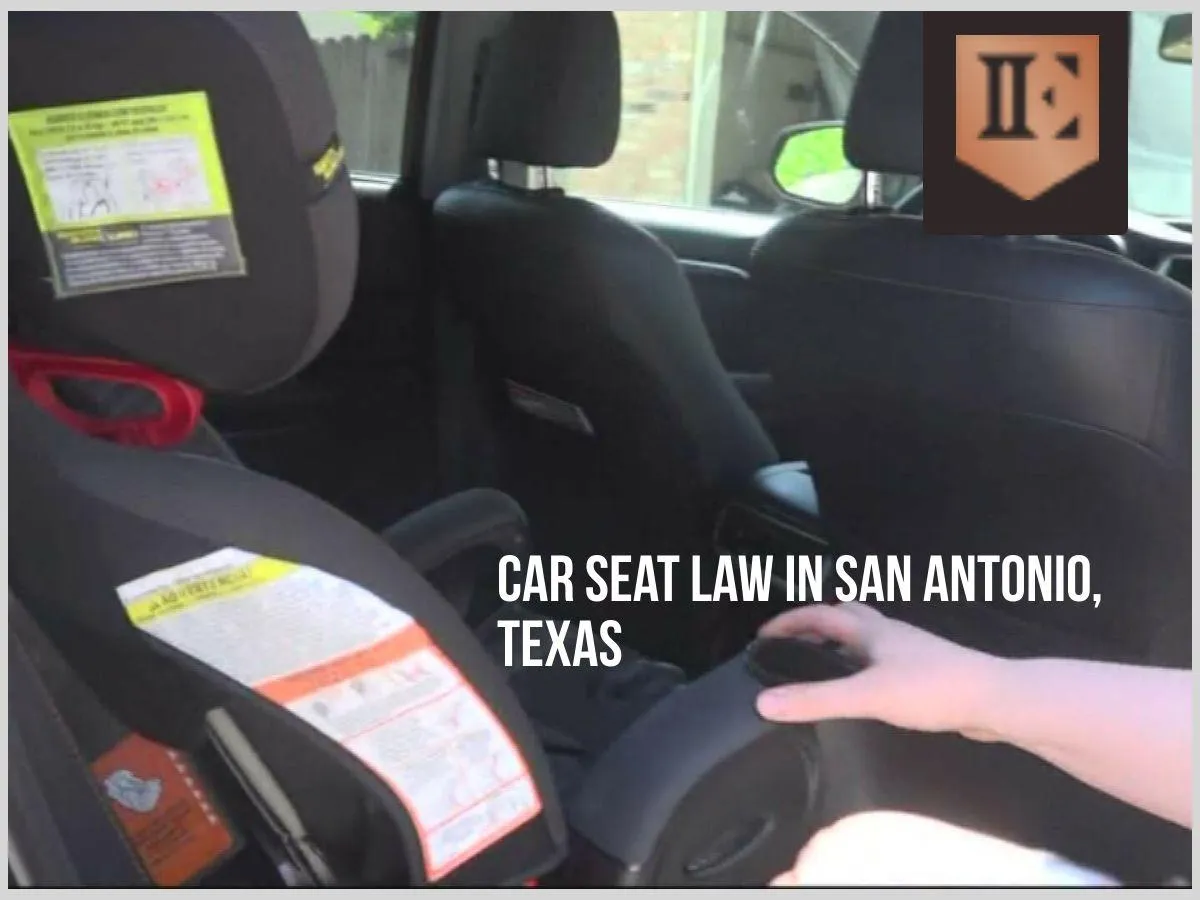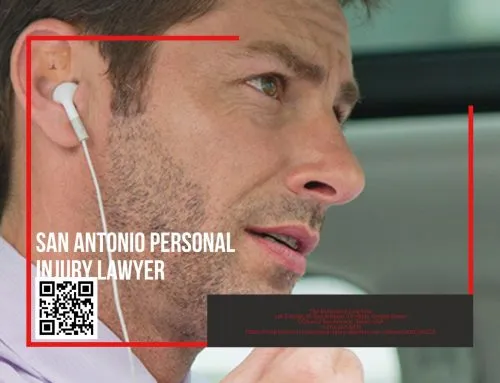 Car Seat Laws in Texas – An Overview
Car Seat Laws in Texas – An Overview
Car seat laws in Texas provide regulations regarding the use of car seats for children. These laws aim to ensure the safety of children while traveling in vehicles. Texas law requires children under the age of 8, unless taller than 4’9″, to be secured in a car seat or booster seat. The purpose of these laws is to reduce the risk of injury or death in the event of a car accident.
According to a reliable source, the Texas Department of Public Safety provides detailed guidelines and information on car seat requirements in the state. It is important for parents and caregivers to familiarize themselves with these laws and ensure that appropriate car seats are used for their children.
Safety Seat Requirement for Small Children in Texas
Safety Seat Guidelines for Young Children
Children in Texas are subject to specific safety seat requirements to ensure their well-being during car travel. Understanding and following these guidelines is crucial for parents and caregivers. Here are five key points to consider:
– Age Restrictions: Texas law mandates that children under the age of eight must be secured in a safety seat, unless they measure over 4 feet 9 inches in height.
– Rear-Facing Seats: Infants and toddlers below the age of two are required to be placed in rear-facing car seats, as recommended by experts for maximum protection.
– Forward-Facing Seats: When a child outgrows the rear-facing seat, it is time to transition to a forward-facing car seat with a harness, ensuring proper restraint for their age and weight.
– Booster Seats: Once children reach the age of four and exceed the height and weight limits of a forward-facing seat, they should use a booster seat to adequately position the lap and shoulder belts for optimal protection.
– Seatbelt Usage: At the age of eight, or once they surpass 4 feet 9 inches in height, children can start using the vehicle’s seat belts. However, it is crucial to ensure that the lap belt fits across their upper thighs and the shoulder belt fits snugly across their shoulder and chest.
While these points cover the main requirements, it’s essential to stay up to date with any changes or additional recommendations provided by local authorities. Keeping track of safety seat guidelines will ensure the well-being and protection of our youngest passengers.
To further enhance child safety during car travel, consider the following suggestions:
1. Regular Seat Checks: Regularly inspect your child’s safety seat to ensure it is correctly installed and securely fastened. This includes checking the harness for proper fit and making sure the seat is not expired or damaged.
2. Professional Installation: If you’re unsure about installing the safety seat correctly, consider seeking assistance from a certified Child Passenger Safety Technician. They can provide valuable guidance and ensure the seat is properly installed.
3. Educate Caregivers: Ensure that anyone who transports your child, such as relatives or babysitters, is aware of the safety seat requirements and how to correctly secure your child in the vehicle.
4. Lead by Example: Always practice proper seat belt use as a driver or passenger. Children are more likely to follow safety practices if they see adults consistently using seat belts.
By adhering to these suggestions and following the safety seat requirements for small children, we can minimize the risk of injuries and provide a safe travel environment for our little ones.
The Right Seat for the Child
”
When it comes to ensuring the safety of your child while riding in a vehicle, it is crucial to choose the appropriate seating option. Selecting the right seat for your child can significantly reduce the risk of injuries in the event of a car accident. Here are six key points to consider when choosing the proper seat for your child:
Additionally, it is essential to keep in mind that car seat laws vary from state to state, including in Texas. Understanding the specific regulations in your area will ensure compliance and the highest level of safety for your child. In Texas, the law requires infants to ride in rear-facing car seats until they reach two years of age or outgrow the weight and height limits of their seat. Providing the right seat for your child is crucial, as it can make a significant difference in their safety while traveling.
As emphasized earlier, selecting the appropriate car seat for your child is paramount. Using the right seat can significantly reduce the risk of injuries and protect your child in the unfortunate event of a car accident.
”
Texas Booster Seats for Older Children
Boosting Safety for Older Children with Car Seats
Booster seats play a crucial role in ensuring the safety of older children during car travel. Here are five key points to consider when it comes to booster seats for older children:
1. Age and Size: Booster seats are recommended for children between the ages of 4 and 8 or when they reach a height of 4 feet 9 inches. It is essential to transition from a forward-facing car seat to a booster seat when the child outgrows the weight and height limits of their current seat.
2. Seat Belt Fit: A booster seat elevates the child, allowing the seat belt to fit properly across their body. The lap belt should rest snugly across the upper thighs, while the shoulder belt should cross the shoulder and chest without touching the neck or face.
3. Types of Booster Seats: There are two main types of booster seats – high-back and backless. High-back booster seats provide head and neck support and are suitable for vehicles without headrests or low seat backs. Backless booster seats are more compact and appropriate for vehicles with headrests or higher seat backs.
4. Installation and Placement: Booster seats should be installed securely using the vehicle’s seat belt or LATCH system. It is important to follow the manufacturer’s instructions for proper installation. Additionally, booster seats should always be placed in the back seat of the vehicle.
5. Transition to Seat Belt: Children can transition from a booster seat to using the vehicle’s seat belt when they have reached the height of 4 feet 9 inches and are able to sit with their back against the seat, feet flat on the floor, and knees bent at the edge of the seat.
Considering the unique details, it is essential to ensure that the booster seat is appropriate for the child’s age, height, and weight. Additionally, regular checks for proper installation and fit are necessary to optimize safety.
A true fact: According to the Texas Department of Transportation, children aged 4 to 8 years old and under 4 feet 9 inches tall must be secured in a booster seat while traveling in a vehicle.
Seat Belts Required for Teens
Seat belts are a requisite for teenagers in Texas. Here are 5 key points regarding the requirement for teens to wear seat belts:
- Teenagers in Texas must wear seat belts at all times when riding as a passenger in a vehicle.
- The law mandates the use of seat belts for teenagers in both the front and back seats of a vehicle.
- It is the responsibility of the driver to ensure that all teenage passengers are properly restrained with seat belts.
- Failure to comply with the seat belt requirement can result in receiving a traffic violation and facing potential fines.
- The seat belt law aims to protect teenagers from the risk of serious injuries or fatalities in the event of a car accident.
In addition, it is essential to know that seat belt laws apply to all individuals, regardless of their age or driving experience.
Remember, ensuring that teenagers wear seat belts is crucial for their safety on the road. It is recommended to make it a habit to buckle up before starting the vehicle.
Car Seat Laws in Texas for A CHILD
To summarize, the car seat laws in Texas are designed to ensure the safety of children while traveling in a vehicle. These laws specify the appropriate car seat or booster seat based on the child’s age, height, and weight. It is crucial for parents and caregivers to follow these laws to protect their children in the event of a car accident. In addition, it is important to regularly check and replace car seats or booster seats that have expired or been involved in an accident. By adhering to these regulations, parents can provide a safe and secure environment for their children during car journeys. Remember, safety should always be the top priority when it comes to transporting children.
Five Facts About Car Seat Laws in Texas:
- Using the right car seats and safety restraints can reduce the risk of serious injuries by 50 to 70 percent, according to the American SPCC.
- Texas Transportation Code 545.412 requires all children under the age of eight and less than four feet, nine inches tall to ride in child safety seats while in motor vehicles.
- Violating car seat laws in Texas is a misdemeanor offense punishable with a fine of $25 to $250 per offense.
- Rear-facing car seats are recommended for newborns and infants under the age of one, and should be used until the child reaches the seat’s maximum height or weight limit.
- Booster seats are required for children over the age of 5 and more than 36 inches tall, until they reach the maximum height and weight limits on the seat.
FAQs about Car Seat Laws In Texas
FAQ: Car Seat Laws in Texas
1. What are the safety seat requirements for small children in Texas?
According to Texas Transportation Code 545.412, all children under the age of eight and less than four feet, nine inches tall must ride in child safety seats while in motor vehicles.
2. What is the penalty for violating Texas’ car seat law?
Violating Texas’ car seat law is a misdemeanor punishable by a fine of $25 to $250 per offense.
3. Can someone driving a vehicle for hire be exempt from using child safety seats?
No, the only exceptions to using child safety seats are for someone driving a vehicle that transports passengers for hire or a vehicle where all passenger safety seat systems are occupied by other children.
4. How do I choose the appropriate car seat for my child?
You must choose a car seat that is the appropriate type for your child’s age, size, and weight. The Texas Department of Public Safety recommends rear-facing car seats for newborns and infants, and forward-facing car seats for older children.
5. Can I put a car seat in the front seat of a vehicle?
No, car seats should always be installed in the back seat of a vehicle unless there is no back seat. Placing car seats and small children in the front seat can be dangerous due to the risks associated with airbag deployment in an accident.
6. When can my child transition from a booster seat to a standard seat belt?
Your child can transition from a booster seat to a standard seat belt when they reach eight years old and are at least four feet, nine inches tall. Until then, they should continue using a booster seat for their safety.




